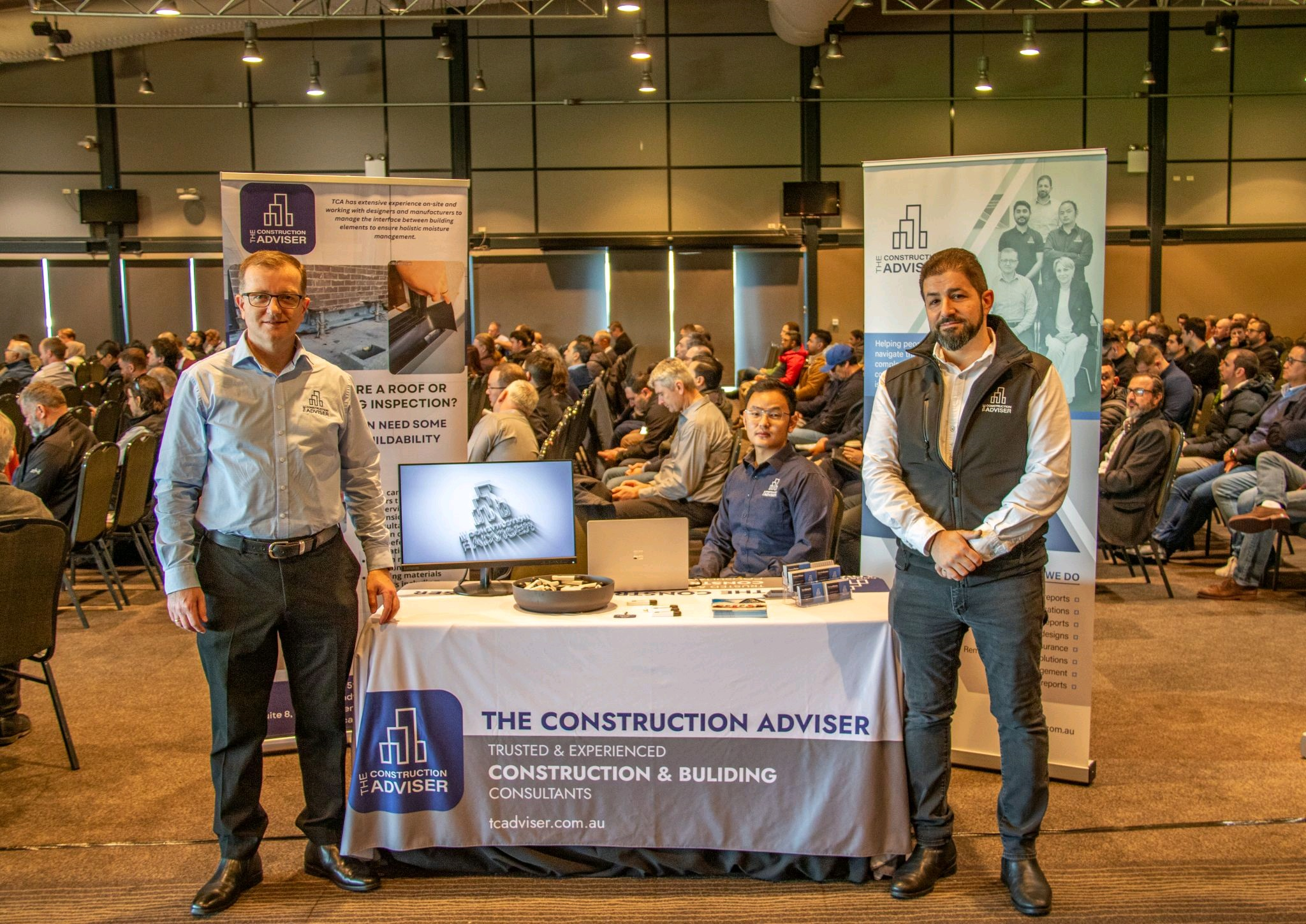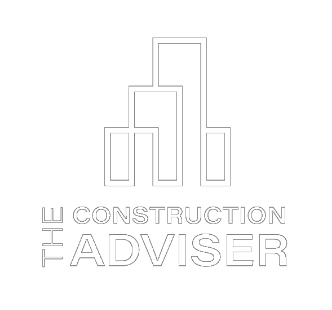
Construction in 2023 and Beyond Seminar
On the 16th of June 2023, we as a part of Construction Connect successfully conducted a one-day seminar titled Construction in 2023 and Beyond. It was a massive hit with 250+ attendees.
Different industry experts shared their knowledge in their respective areas of expertise.
Speaker: Stan Giaouris
Stan Giaouris, Founder and Principal Building Consultant of The Construction Adviser (TCA), presented on the following topics:
- AS3740 and Acceptable housing provisions of the NCC
- Emergency work fact sheet under DBPA
- Sample case studies
- Emergency work process
- Possible liability for strata managers
Key Points from Stan's Presentation:
- Waterproofing accounts for only 2% of construction costs, but 98% of future remediation costs.
- Defect remediation costs $2.57 billion per year in Australia.
- Of the buildings that had a serious defect, 63% of the defects were waterproofing followed by fire-related issues (38%) as per NSW class 2 buildings data.
- Most defects are due to lack of consideration for codes and standards. The codes are not best practice but a minimum standard.
- The 5 most common internal wet area defects found on-site are:
- Incorrect detailing at wall-floor junction;
- Incorrectly installed waterstop angles;
- Insufficient falls;
- Insufficient membrane thickness;
- Incorrect membrane detailing on puddle flanges and waterstops.
General NCC Changes Volume 1
- Entire water-resistant wall lining of a shower area (enclosed or unenclosed) must be waterproofed to a minimum of 1800mm above the finished floor level or 50mm above the shower rose, whichever is highest.
- Building elements in wet areas must be water-resistant or waterproof in accordance with Specification 26 and comply with the revised AS 3740:2021.
- Walls adjacent to vessels must be water-resistant, but wall junctions of a vessel must be waterproof.
- Laundry floor and walls are to be water-resistant and waterproof to penetration.
- Vol1 S26C3 makes no differentiation in waterproofing between enclosed and unenclosed showers. Shower walls require waterproofing 1800mm above the substrate.
Further Reading
The Master Builders Technical Committee has compiled four volumes of a waterproofing guide, which provides relevant details for almost all waterproofing scenarios. These guides should be made available on all sites to assist foremen and subcontractors in meeting their requirements and responsibilities for waterproofing installation work.
These guides are available in hard copy from the Master Builders Association or digitally via www.mybig.com.au.
read more articles

